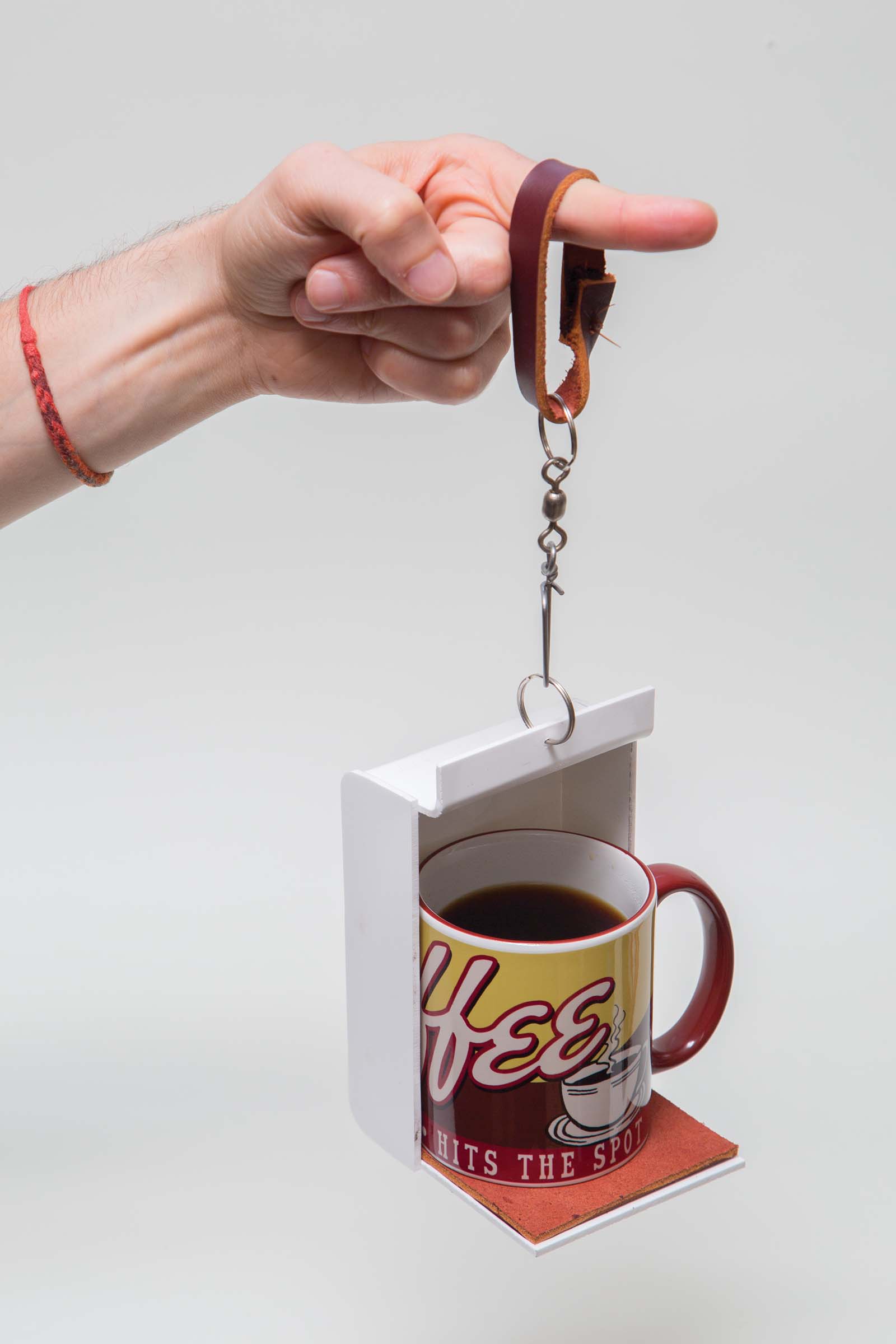
In 1905, physician Paul Möbius published a photo of the skull of his long-dead grandfather, the great German mathematician August Ferdinand Möbius, juxtaposed with the skull of composer Ludwig von Beethoven. It’s not clear how Paul obtained the photo of Grandpa Möbius’ skull, much less that of Beethoven, but there they are, captured in black and white. This weird photo was made in the name of weird science. Paul Möbius was a neurologist of some distinction who dabbled in the bunk science of phrenology and evidently believed that certain skull shapes were associated with mathematical and musical aptitude.
While the younger Möbius’ head bump research never panned out, he was right about one thing: August Möbius, professor of astronomy and observatory director at the University of Leipzig, was unquestionably a man of incredible mathematical ability. August Möbius’ scientific contributions are enormous: He invented a new type of calculus, he advanced the fields of celestial mechanics and astronomy, and he provided many important insights into the study of geometry.
He is most famous today for his work in topology, the mathematical study of shape and form. Appreciating much of Möbius’ work requires a familiarity with geometrical mechanics, polyhedral boundary theory, projective transformations, and other eye-glazing, no doubt important, mathematical concepts.
But there is one Möbian concept everyone can appreciate, and that is the wonderful Möbius strip. In 1858, Möbius took a band of thin, flat material, gave it a single twist and fastened the ends together. The Möbius strip was born. (To be completely accurate, it was independently discovered by mathematician Johannes Listing a few months before.)
In topological terms, a Möbius strip is a three-dimensional surface with only one side. It has some amazing physical properties. For example, drawn starting from the seam down the middle of the strip, a pencil line will meet back at the seam, but on the “other side.”
If you cut a Möbius strip along this center line, you get not two separate strips, but rather one long strip with two complete axial twists. If you attach a Möbius strip to an object, say a bowling pin, and swing it around your head, the twisted strip resists kinking and curling, proving itself a superior attachment to a nontwisted one. Let’s exploit the properties of Dr. Möbius’ strip to make a cup holder that’s nearly spill-proof.
How Does It Work?
To understand the Möbius Strip Coffee Cup Carrier, we must first consider why liquids spill. The physics behind sloshing coffee is complex. Not only is an intricate interplay of accelerations, torques, and forces at work, but the biomechanics of bipedal human motion come into play as well.
Researchers have found that the wave-like motion of coffee in a mug possesses a unique natural frequency that’s related to the size of the mug (see journals.aps.org/pre/abstract/10.1103/PhysRevE.85.046117). Typical coffee cups produce oscillations that closely match the motion a person makes when walking. If you walk, coffee cup in hand, at a steady and even pace, there’s no spillage. But even small irregularities in your gait cause breathtakingly complex accelerations of liquid that amplify the oscillations, leading to sloshing and ultimately, to stains on the carpet.
But add the Möbius Strip Coffee Cup Carrier with its kink-free handle, and the math becomes much simpler. Because the handle flexes easily, all forces acting on the coffee must act in line with the handle. As long as the handle stays taut, there are no lateral (that is, side to side) accelerations, and the forces acting on the coffee merely push it toward the bottom of the cup holder.



















